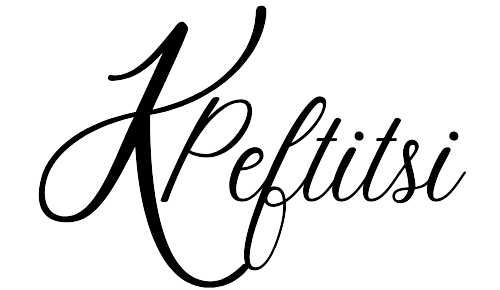The Versatility of Acrylic Ink and Pastel Oil in Greek Art
Greek art has a rich history that spans thousands of years, encompassing various mediums and techniques. In recent times, many Greek artists have embraced the use of acrylic ink and pastel oil in their work, finding these mediums to be both versatile and expressive. In this blog post, we will explore the unique qualities of these materials and how they have been utilized by Greek model and artist.
The Vibrancy of Acrylic Ink
Acrylic ink is a popular choice among Greek artists due to its vibrant colors and fast-drying properties. This medium consists of pigments suspended in a water-based acrylic binder, allowing for smooth and fluid application. Greek model and artist have found that acrylic ink can be easily diluted with water to create translucent washes or used undiluted for bold, opaque effects.
When working with acrylic ink, Greek artists often appreciate its ability to create layers of color. By applying multiple thin washes, they can achieve a sense of depth and luminosity in their artwork. Additionally, acrylic ink can be used in combination with other mediums, such as graphite or charcoal, to create mixed media pieces that have a dynamic and textured appearance.
The Expressiveness of Pastel Oil
Pastel oil, also known as oil pastel, is another favored medium among Greek artists. It consists of pigment mixed with a non-drying oil and wax binder, resulting in a soft and creamy texture. Greek model and artist find that pastel oil allows them to create rich, vibrant colors with a smooth and velvety finish.
One of the advantages of pastel oil is its versatility. It can be used on a variety of surfaces, including paper, canvas, and even wood. Greek artists often use pastel oil to create detailed and expressive portraits, as the medium allows for precise mark-making and blending. The ability to layer and blend colors seamlessly gives artists the freedom to capture the subtle nuances of light and shadow.
Combining Acrylic Ink and Pastel Oil
Some Greek model and artist have taken their creativity to the next level by combining acrylic ink and pastel oil in their artwork. By using these mediums together, they can achieve a unique and captivating visual effect. For example, an artist may create a vibrant background using acrylic ink and then add delicate details with pastel oil on top.
The combination of acrylic ink and pastel oil offers Greek artists a wide range of possibilities in terms of color, texture, and style. Whether they are creating abstract pieces or realistic portraits, these mediums allow for experimentation and artistic expression.
In conclusion, acrylic ink and pastel oil have become go-to mediums for many Greek model and artist. The vibrancy of acrylic ink and the expressiveness of pastel oil provide artists with the tools they need to bring their creative visions to life. By utilizing these materials, Greek artists are able to push the boundaries of their art and create truly captivating works.
